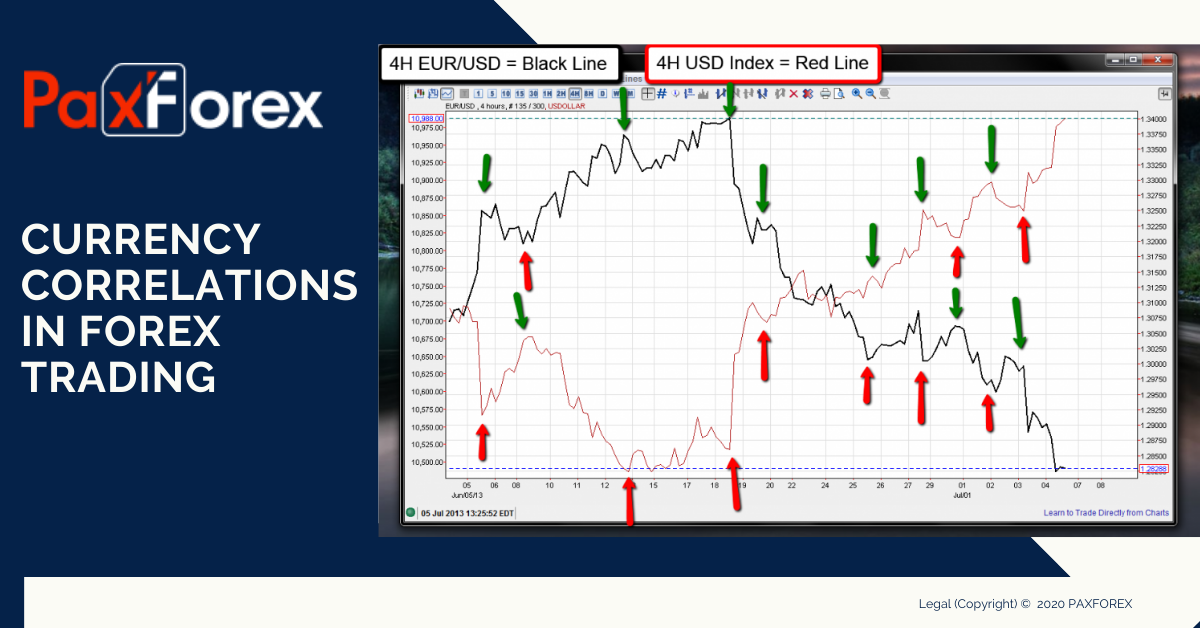
When you are simultaneously trading multiple currency pairs in your trading account, the most important thing is to make sure you are aware of your risk exposure. You might believe that you are spreading or diversifying your risk by trading in different pairs, but you should know that many of them tend to move in the same or opposite direction. By trading pairs that are highly correlated, you are just magnifying your risk!
Currency correlations strongly influence the overall volatility of — and hence the risk involved in holding — a portfolio of forex currency pairs. As a result, learning how to use currency correlation is a key element of currency risk management for any serious forex trader to understand. To grasp the concept of forex correlation in currency pairs, the trader should first understand how market correlation affects the value of currencies.
Market sentiment and different economic factors are fluid and can change daily leading to swings in correlations between currency pairs. A strong positive correlation may turn out to be a negative correlation; equally, a correlation between the same pair could be different depending on the time frame of the trade you are looking at. A common currency correlation strategy that forecasters and traders employ is the 6-month correlation, but these can be different to the forex correlation on your hourly chart.
Money management is the biggest tool in your forex trading toolbox, a correlation in forex and money management can go hand in hand. If you trade across multiple currency pairs frequently, then you must be aware of correlations. If you are long on one currency pair and short on another, it could be that this trade is actually canceling itself out because they are both correlated the same way. Equally, if you are long and short on different pairs then you could be over-leveraged on one currency pair without even realizing.
The correlation matrix is a very neat tool that allows us to quickly spot strong correlations, not only amongst the major pairs but also amongst the crosses of a given regional currency. If you attempt to identify the situations that show high correlation amongst pairs, and then track that back to the fundamental influences that are driving the correlation, you will be in an excellent situation. You will understand why the currencies are behaving the way they behave, and you will be able to make sense of the technical behavior on your charts.







